My article in BrandsIT dated June 07, 2018.
For every new product, and especially if it is software, verification of its security early in the test, increases the chances of its existence in the mass client. Technologies, especially as spectacular as blockchains, do not get a loan of confidence for no reason. On the contrary – every stumble, a gap in the system, a defeat in the clash with hackers, cause media hysteria. And the result is that the innovative product cannot stand the criticism and lands in the basket. Blockchain is constantly changing, evolving, gathering experience and awakening huge expectations. To think about whether it will be accepted and whether it is really a safe technology, we need to cool down some emotions and break away from the hysteria associated with bitcoin or other cryptocurrencies. It arouses huge interest of the financial industry, because it works well for a large number of transactions. It is ideal in situations when the billing needs to be instant and the systems have to be extremely efficient. It even appears in discussions about securing countries against cyber-attacks. It is considered one of the most innovative technologies. Well, only can we trust him and is blockchain really safe?
We must also bear in mind that we are dealing with fresh technology. This means that it should be given the right to be imperfect. The interest of many industries and governments in the blockchain technology is due, among other things, to the promise made by its creators to the world: here is a system whose protections are unmatched. And you can agree with them to a large extent.
I believe that the security of blockchain technology results from the fundamental assumptions on which it is based, and which are deeply embedded in its architecture. I mean the inviolability of transaction history, decentralization and rules of cryptographic encryption. In brief, I am going to point here to the basic principle of its operation, from which a large degree of security of operations results directly (I wrote about the blockchain several times, I refer to previous texts). In a nutshell, blockchain is a public transaction register that is saved in chronological order. Each of them is registered in the so-called chain. blocks. They arise based on information encrypted in operations that have been created previously. If anyone wanted to change anything (for example, to the disadvantage of users), he would have to virtually modify all previous entries in the whole chain of operations or change the previous block in all or most copies of blocks. For this to happen, the consent of other users would be needed – blockchain is based on consensus. When the predefined majority (or 51%) of users (computational powers of the mine of new blocks), “agrees” about a given issue, it may only then be permanently registered. If everything went well, it confirms “proof of work” – a set of complicated calculations whose result is the creation of a new block. The list of verified transactions is therefore based on communication between nodes (users), each of which stores a copy of the book and informs other nodes about new information.
You can compare it to the puzzle – it cannot be arranged any further if each element will not fit into those previously arranged. The closing of the whole is possible because blocks have been arranged in advance, matching the shape to the others. If they do not match, they are rejected, in this case they are not accepted by the register. What is also worth emphasizing in the context of security considerations – blockchain eliminates intermediaries. Everything that happens within the book is beyond the reach of third parties: people or intermediary institutions. It is a peer-to-peer technology, so it assumes direct relations between users.
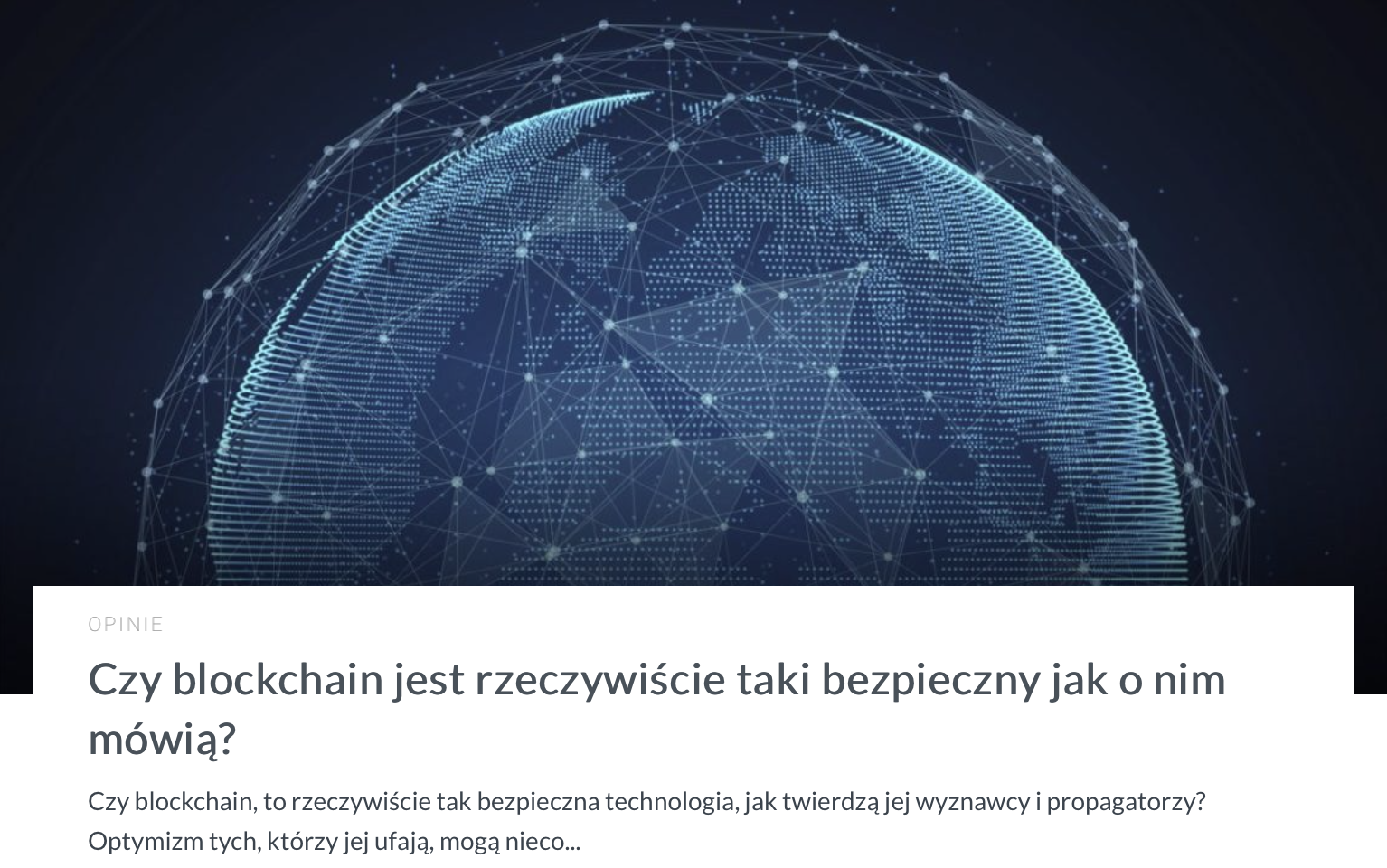
BrandsIT Blockchain Norbert Biedrzycki 2
Thus, a multi-level security system is visible – the dependence of entries from the previous history, the need for users’ consensus, their direct relations. The mechanism described above caused that the technology – until recently in the phase of theoretical considerations – began to take on specific shapes and convinces other industries. It is based on cryptocurrency markets, in various versions it is tested by banks, fitechs, energy industry and health care. Blockchain became a synonym of digital security. You can also point out interest from countries that see a remedy for cyber-attacks in it. For example, Estonians were very interested in technologies that would secure their interests. And so, recently Estonian authorities have decided to implement a system that works technologically and enjoys social recognition. Thanks to ultra-safe solutions, Estonians can participate in voting and settle taxes via the Internet. What is important, in the opinion of specialists, the Estonian system cannot be crossed without leaving traces.
Link to the full article (in Polish)
Related articles:
– Why do we care about blockchain technology?
– Blockchain – the ultimate financial crash
– Blockchain – the Holy Grail of the financial system?
– What is blockchain? All you need to know
– What are the bitcoins? All you need to know
– Blockchain has a potential to upend the key pillars of our society

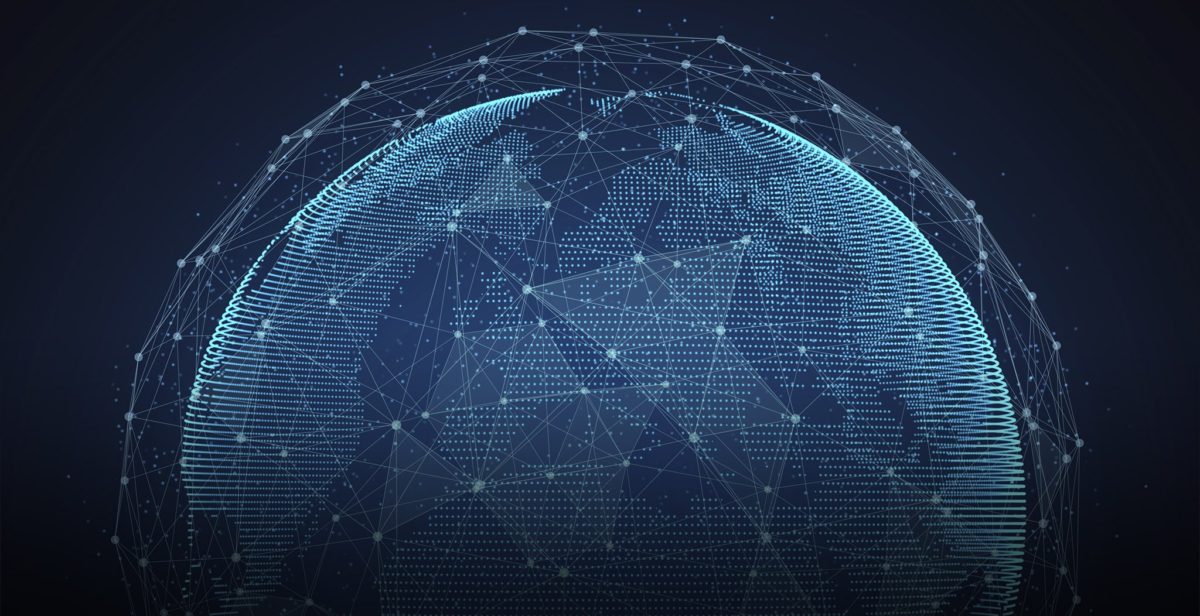


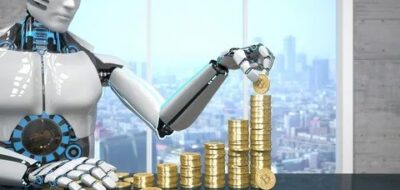

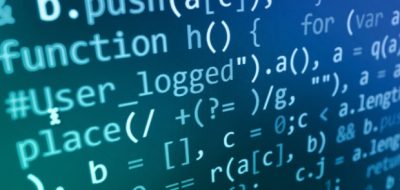
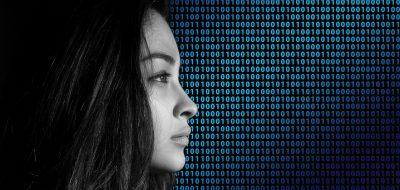


TomHarber
Instead of relying on trust or regulation, in the blockchain world, individuals are on-purpose responsible for their own security precautions.
JohnE3
Blockchains as a technology have the potential to automate all these industry interactions that are currently done by third parties. Blockchains could do for supply chains, clearing houses, escrow deals, and any other third party service what computers have done for every business and occupation they have touched.
John McLean
Hi Norbert, Cyber breaches has highlighted one key area. International Laws have no teeth, because there are no laws written and updated to deal with this. We have countries using cyber breaches for funding and masquerading layers down for ransom. Companies are paying the ransom, because their CEO’s have opted not to strengthen the IT Infrastructure. Entry gates are open. Time for change.
Zidan78
Any idea which ones actually realized sustained value?
Norbert Biedrzycki
Real blockchain use cases @101Blockchains
JohnE3
While the blockchain is most well-known for being the innovation that makes cryptocurrencies (like Bitcoin and Ethereum) possible, there is something deeper here that the real fanatics (like me!) get really excited about.
Without getting into the nitty gritty details, the blockchain is an innovation in computer science that makes it possible for a decentralized network to come to a consensus on a sequence of events.
For example, what if I told some computers in Asia that I sent Bitcoin to you, but I told some other computers in America that I instead sent that same Bitcoin to my other friend? When those messages propagate through the network, which one trumps the other?
Traditionally, this question was essentially unanswerable, without using a trusted server to simply decide based on which one it had seen first. Blockchains solve this problem–google mining and minting of blocks to learn more.
The reason this is exciting is because it lets a group of people come together, work together, and more importantly, come to a consensus, without having to trust some third-party server somewhere that has control over the whole operation.
Bitcoin is using this innovation to make decentralized currency. Ethereum is using this innovation to make a decentralized computing platform. We are still in the early days, but the innovation of the blockchain itself is now far from unproven. These days we are building things on top of it, and only just scratching the surface of what it will enable.
John McLean
Many people have stopped trusting governments (if you believe that anyone trusted them in the first place). Politicians have frequently put the interests of the few ahead of the interests of the many or simply been inept at running an economy. As a result, corrupt politicians in places like Venezuela and Zimbabwe have ruined their economies.
TommyG
By anyone, there’s no restriction like a bank. There are no arbitrary rules. It could be on a bank holiday. It could be for .0000318 cents. It could 100 million. For better or worse. it could be a 5 year old kid. Yes it could be a terrorist too. But it could be someone without an identity (what’s being called the unbanked of the developing world).
…or it could even be a piece of software. a robot. A fridge can have a bank account (IOT). An autonomous car. For the first time something that is not alive can “own” money.
TomHarber
… and again – where is the remaining English half of this read?
Tesla29
Good start. Pity that the 2nd half not in English